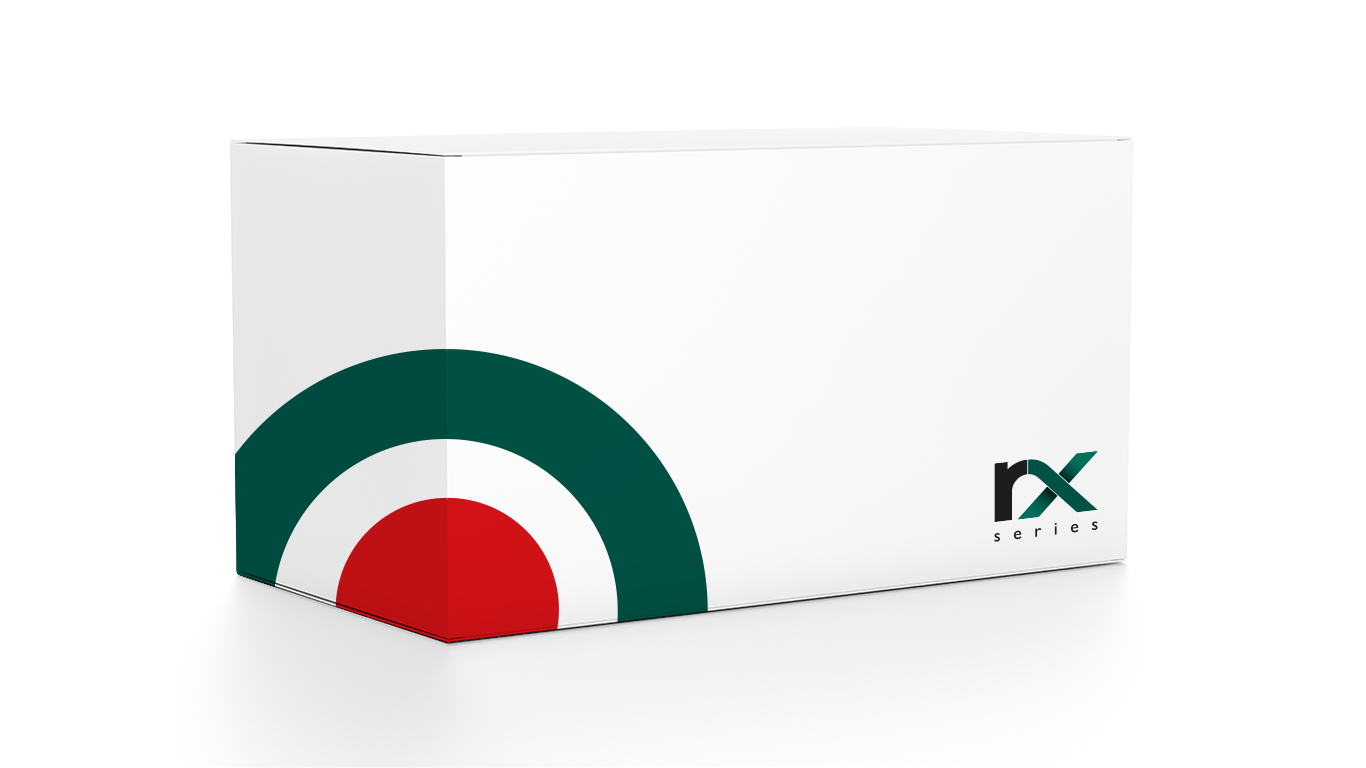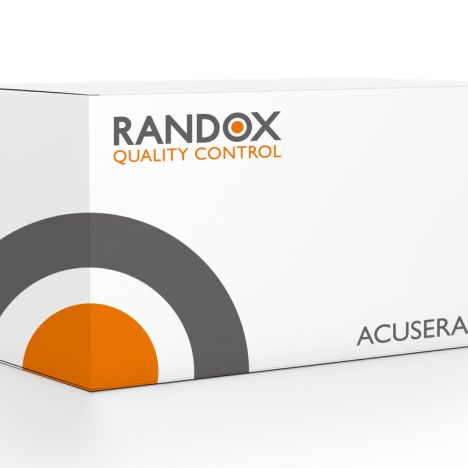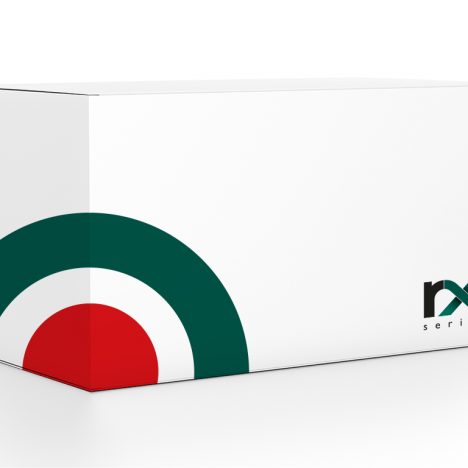Alanine Aminotransferase (ALT) (GPT) assay
For the quantitative in vitro determination of ALT in serum or plasma. This product is suitable for automated, semi-automated and manual use.
$156.96
In stock
Description
Description
Intended Use
For the quantitative in vitro determination of ALT in serum or plasma. This product is suitable for automated, semi-automated and manual use.
Clinical Significance
The aminotransferases are a group of enzymes that catalyse the interconversions of amino acids and I-oxoacids by transfer of amino groups. The enzyme ALT (alanine aminotransferase or glutamate pyruvate transaminase) has been found to be in highest concentrations in the liver, with decreasing concentrations found in kidney, heart, skeletal muscle, pancreas, spleen and lung tissue respectively. ALT measurements are used in the diagnosis and treatment of certain liver diseases (e.g. viral hepatitis and cirrhosis) and heart diseases.
Elevated levels of the transaminases can indicate myocardial infarction, hepatic disease, muscular dystrophy and organ damage. Elevated levels of ALT in serum are rarely observed except in parenchymal liver disease, since ALT is a more liver specific enzyme.
The IFCC (International Federation of Clinical Chemistry) has now recommended standardized procedures for ALT determinations including:
1. Optimization of substrate concentrations.
2. Employment of Tris buffers (instead of phosphate which has been shown to inhibit recombination of the apoenzyme with pyridoxal phosphate).
3. Preincubation of combined buffer and serum to allow side reactions with NADH to occur.
4. Substrate start (?-oxoglutarate).
5. Optional pyridoxal phosphate activation.
This is an optimized standard method according to the concentrations recommended by the IFCC.


